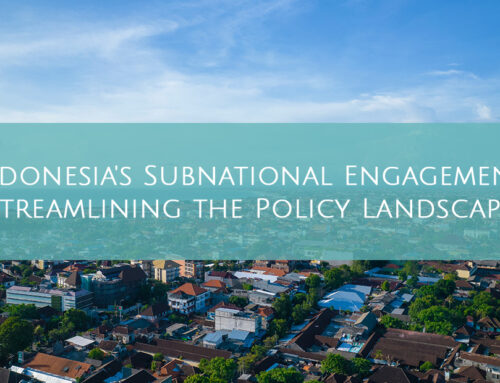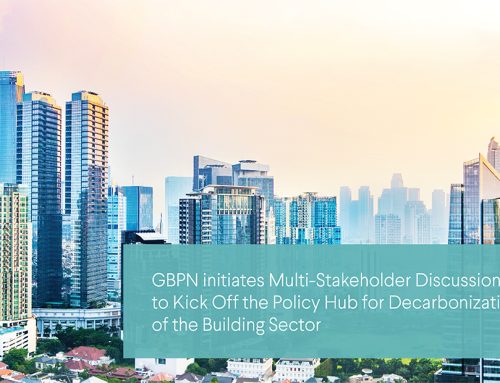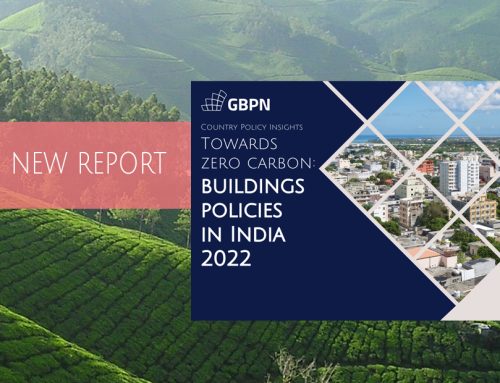Open Data for a Change: A New Online Tool to Access Free Analysis of the Energy Savings Potential of Buildings
Given the reported lack of data on how buildings use energy and the impacts of building energy policy, policy makers and investors may feel like prisoners in Plato’s cave. How to make the right decisions chained in the dark with the perceptions that low energy buildings are unaffordable, that investing in energy efficiency renovation provides no return, that setting energy performance targets is bad for business, or that there is no way of meeting demand for urban housing while actually reducing total energy demand from buildings? What if, like mistaking a shadow for a real object, these perceptions are also false?
By releasing the Tool for Building Energy Performance Scenarios (BEPS), we aim to give free access to the world’s best-aggregated data analyses on building energy performance. We hope this can shed some light on the choices available to policy-makers for achieving deep energy savings from buildings, and leave no shadow of a doubt, that there can be a sustainable energy future for our settlements and cities. We also hope that it contributes in some small way to eliminating ‘lack-of-data and awareness’ as viable excuses for inaction on climate change. Here are some game-changing insights…
We know how to close the emissions gap in the building sector…
The latest IPCC Assessment Report reaffirms that the way buildings use energy has a major influence on climate change. While there have been improvements in the energy efficiency of some technologies and some jurisdictions where ambitious polices are reducing building energy demand, we still need to do more to achieve the level of energy savings and associated GHG emission reductions necessary to avoid the worst-case scenarios of climate change. The so called ‘emissions-gap’ in the building sector has been widely acknowledge for many years, as have the key policy and technology measures required to bridge that gap. Mainstream adoption of net-zero energy standards for new buildings; more and deeper energy renovation of existing buildings; A price on carbon and better access to carbon-financing; Investing in education and capacity building – are all measures we have piloted and proven and now need to be scaled up. So, what is holding us back?
We have enough data to start taking action at scale…
One of the perennial answers is lack of access to good quality data on how buildings use energy and what the influence of policy is. Data and modelling of building energy use has long been difficult or expensive to access – yet it is critical to policy development and investment in low-energy buildings. With the release of the BEPS open data tool today, GBPN are providing free access to the world’s best-aggregated data analyses on building energy performance. By doing so, we hope to encourage open sharing of data, offer better communication of the implications of policy choices on climate change, and support accelerated adoption of the policies and technologies that deliver the significant energy savings of the building sector through capacity building.
The new tool draws on a decade of work by the Central European University and collaborators in the Global Energy Assessment and IPCC AR5, and enables anyone interested in energy efficiency in buildings to access data and projections and find out where the world, or a specific region could be in terms of energy use by 2050. It also enables an analysis by building type and building vintage. The tool presents results for three different policy scenarios (deep, moderate and frozen), depending on the ambitiousness of policy decisions and technology choices.
We need to appreciate the urgency for policy action…
But perhaps our slow progress is also due to a fundamental lack of awareness of just how perilous our current building energy policy settings are both in climate change terms, and in the loss of economically viable choices for reducing energy demand in the future – a situation known as the ‘lock-in’ effect.
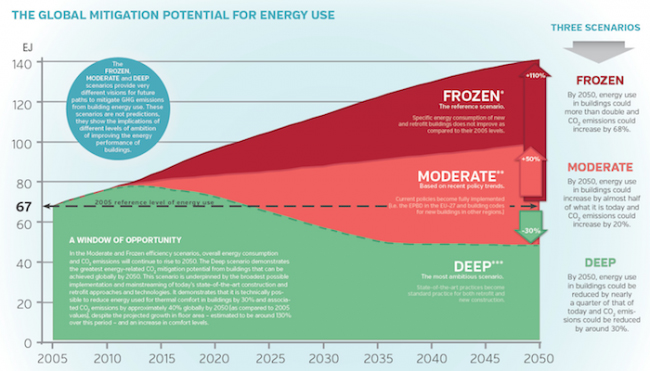
From a climate change perspective – running an analysis in BEPS will reveal for example, that even if we were 100% successful in implementing our current building energy policies (a moderate scenario)– we would still increase total energy demand for providing thermal comfort in buildings by nearly 50% by 2050. Some regions have more at stake than others – India is perhaps facing the biggest challenge, facing an increase in energy demand of about 400% of today’s levels, mainly due to unregulated energy use in residential buildings. The results reveal that even an ambitious pursuit of current policy practice is not going to effectively deal with climate change – we need to go deeper. The deep efficiency scenario presented in this tool, shows that by 2050, it is possible for the building sector to consume 30% less thermal energy than it does today, even with the expected growth in population, floor space and comfort. Achieving this requires proven ambitious policies for net zero energy new buildings and deep energy renovations to become the norm in the coming decade.
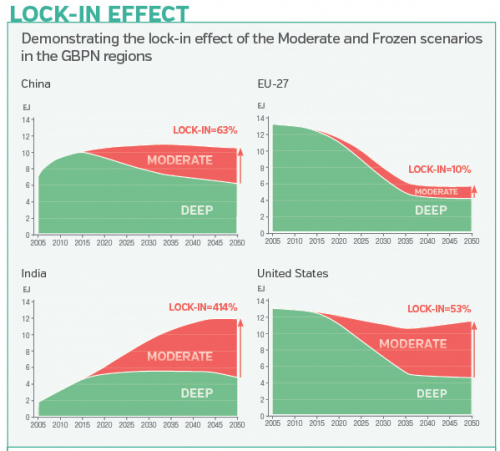
… The big opportunity is Leapfrogging “Lock-in” …
But maybe it is the impacts of the ‘lock-in’ effect that will finally motivate mainstream action. The IPCC AR5 reports that global warming will generally increase energy demand for cooling buildings, and that the demand for cooling will rise dramatically in already hot climate zones by 2030. People living in cities in southern Europe, North Africa and the Middle East as well as South and South-East Asia are most vulnerable. These represent some of the fastest urbanizing, most populated and, from an energy performance perspective, the least regulated construction markets on Earth. Such regions face a compounding risk of locking large urban populations into energy-hungry buildings in which providing basic thermal comfort is a major household expense, and thus potential health and political issues. The longer policy makers delay action, the more difficult it will be economically and politically to change course.
The positive is that in many vulnerable emerging markets, most of the buildings that will be standing in 2030 are yet to be built – so there is still an opportunity to leapfrog to a set of deep-scenario policies that create markets for low-energy and thermally comfortable buildings. The BEPS tool graphically illustrates energy demand scenarios by region and for different building types, so it is possible to identify the risk of ‘lock-in’ and potential for leap-frogging in various sub-sectors, or in a region overall. The scenarios represent the projected impact of policy choices and, with the benefit of open access to good quality data, enable policy makers to develop strategies for achieving the energy savings and GHG mitigation potential of their building sector.
We hope that the release of the BEPS tool is not only informative, but clearly illustrates a call to action. The scenarios present a range of possible futures but only one path that leads to a sustainable energy future for our built environment.
Peter Graham – Executive Director, GBPN & Diana Urge-Vorsatz – Director 3CEP, Central European University.
Related News
Related Report Bundles
Share This Story, Choose Your Platform!
Stay in touch with how we’re transforming the buildings sector
GBPN runs innovative building policy reform programs in key regions around the world that aim to tackle the climate emergency by decarbonising the buildings sector. Stay up to date with our newsletter.
Stay in touch with how we’re transforming the buildings sector
GBPN runs innovative building policy reform programs in key regions around the world that aim to tackle the climate emergency by decarbonising the buildings sector. Stay up to date with our newsletter.

